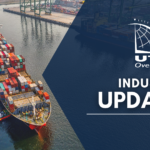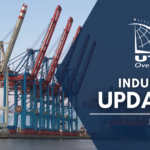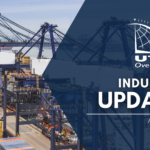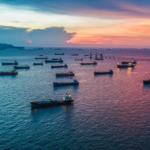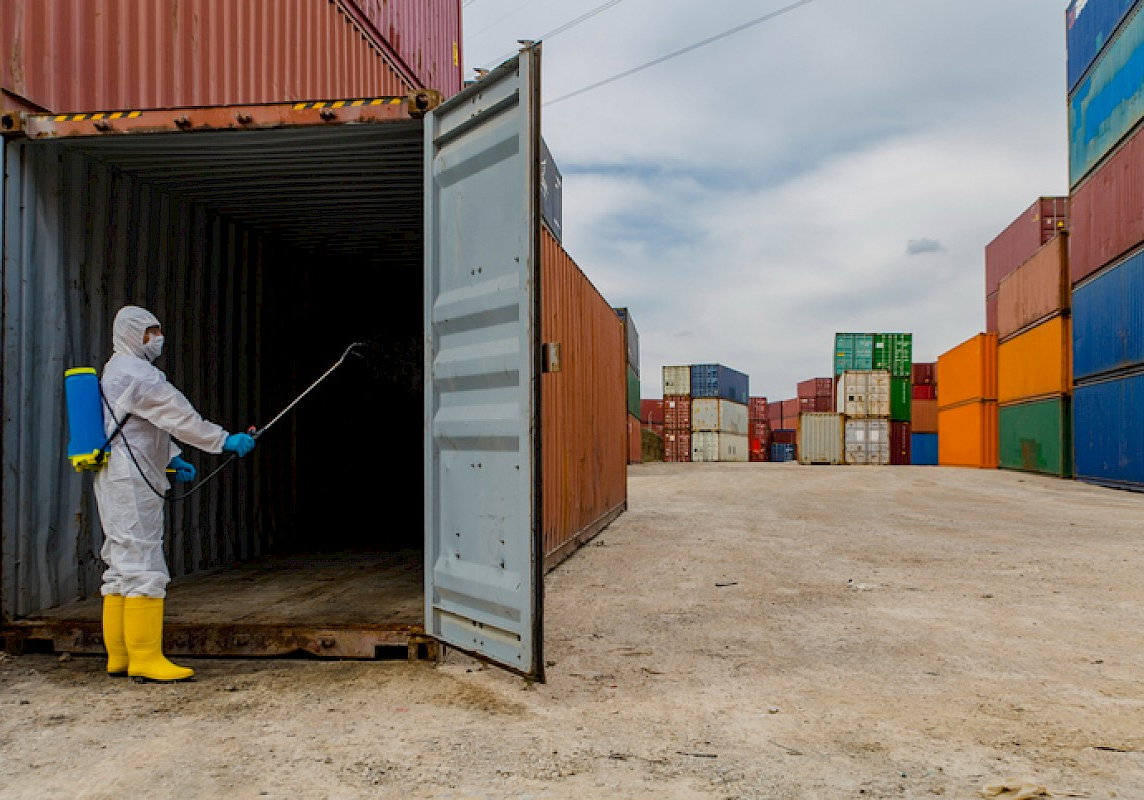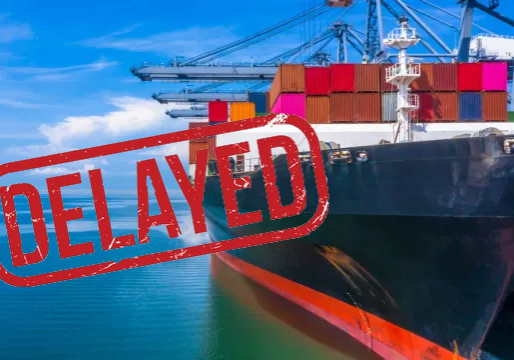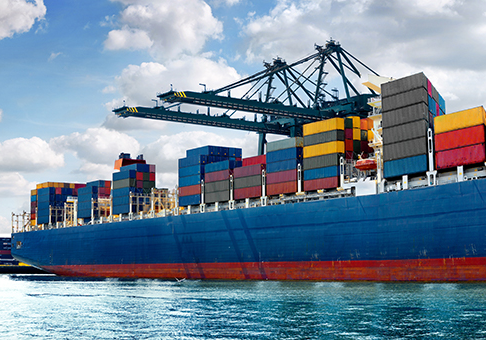July 2022 Industry Update
July 2022 Industry Update
Worldwide labor negotiations and port congestion are taking hold as the peak shipping season approaches.
Here's what you need to know today.
-
- Ongoing global labor negotiations affecting multiple forms of transport are already causing ripples through the supply chain
- North America port congestion: major shift taking place
- USWC facing crunches from rail, ocean & trucking sectors
- OSRA 2022 goes into effect
India: the strike is over, but backlogs remain and capacity is tight.
-
- Transportation workers at ports in Adani Kattupalli, Chennai, and Kamarajar went on strike July 4, demanding an 80% hike in fees due to rising fuel costs. Over 4,000 vehicles participated, resulting in a steep container backlog. The strike was called off on July 8 after port-user associations agreed to raise fares. (Crisis 24)
- Fuel shortages and economic pressures are impacting operations at Sri Lanka’s Port of Colombo, which handles over 40% of Indian transshipment cargo. Truckers have reduced fleet capacity, and air and ocean carriers have diverted to alternate Indian destinations, where capacity is already tight. (The Loadstar)
Germany: Labor slowdowns and strikes affecting rail, port, and airport transportation personnel have resulted in an escalating backlog of cargo that is spreading throughout Europe.
-
- German labor union, ver.di, and the Central Association of German Seaport Companies (ZDS) have gone through six rounds of negotiations with no agreement in sight. Among other issues, ver.di is negotiating with ZDS for an increase in wages of €1.20 ($1.27) per hour for nearly 12,000 employees, as well as a yearly automatic inflation adjustment. (Port Technology)
- Dockers are planning a 48-hour strike starting at 6am on July 14, halting work at Hamburg, Bremerhaven, and Wilhelmshaven ports. Private terminal operators are participating based on their union affiliation, and shipper/consignees will be invoiced for detention and storage charges. (The Loadstar)
- The union has previously held brief 8- and 24-hour warning strikes, contributing to the current build-up of cargo, rail congestion and low availability of containers. (CNBC)
- Carriers have diverted ocean freight to the ports of Rotterdam and Antwerp to avoid delays. Experts anticipate the growing backlogs will take months to clear. (CNBC)
- In recent weeks, ver.di has also called on technical workers at German airports to go on warning strikes, leading to thousands of canceled flights and adding to an existing airfreight capacity crunch. (Reuters)
North America port congestion
Backups at US ports continue, but the longest queues are no longer off the West Coast.
-
- Backlogs have shifted to the East and Gulf Coasts, with Savannah, GA leading with the highest number of ships waiting to berth. Right behind Savannah is the Port of NY/NJ, with wait times upwards of 20 days, and yard utilization anywhere from 72% to 92%. Gulf Coast ports, compounded by chassis shortages, are seeing an increase in their number of offshore ships.
- Canada's Vancouver port is seeing container dwell times increase due to record import volumes, intermodal delays, and forest fires in British Colombia. Yard utilization has reached 113% at the port resulting in ship dwell times increasing by 50%. (The Loadstar)
- There are a total of 125 ships waiting to berth at North American ports - lower than January's number but higher than a month ago. It is estimated that a whopping $40 Billion in freight is sitting on these ships. (FreightWaves)
USWC facing crunches from rail, ocean, & trucking sectors
Rail bottlenecks are building in California, and impending strikes and shutdowns could cripple the supply chain.
-
- Class I freight railroads and rail unions have been tensely negotiating contract adjustments for nearly 115,000 workers since January 2020. Parties are currently in a 30-day “cooling off period” which will end on July 18. If they are unwilling to resume negotiations and the president does not intervene before 12:01am EDT on July 18, railroads and unions could opt for shutdowns or strikes. (Reuters)
- The US Chamber of Commerce and business groups representing retail, food and fuel industries, have called on President Biden to step in to keep the supply chain moving smoothly. (FreightWaves)
Import container dwell time at Ports of LA/LB has increased, and the number of dwelling boxes has doubled since February.
-
- The culprit? The number of long-dwelling containers moving by rail has been rising since March 2022 - just over 60% of long-dwell containers at LA are rail-bound. Container wait for rail is a little over 8 days for LA/LB resulting in a shift of volume to the East Coast to avoid delays. (CNBC)
- A proposed $100/day fee for dwelling containers that has been threatening to go into effect since Nov 2021 has been delayed yet again, due to reports from LA/LB of a combined 31% drop in aging containers since Oct 2021. However, the total number of containers at the ports remains almost exactly the same (48,905 in Oct 2021; 48,932 in July 2022). (FreightWaves)
California's controversial AB5 law requiring companies to reclassify independent contractors as employees may upend the trucking industry.
-
- Some companies have reacted by reducing the number of contractors, while others have started recruiting independent drivers as employees. California is home to 70,000 independent owner-operators. (FreightWaves)
- Experts anticipate the port drayage sector may see the most disruption: more than 70% of the truckers serving Ports of LA/LB are owner-operators. (The Loadstar)
- Hundreds of drayage drivers participated in port-wide protests and highway traffic slowdowns on July 13. (Supply Chain Dive)
As the peak holiday shipping season approaches, contract negotiations between the International Longshore and Warehouse Union (ILWU) and the Pacific Maritime Association (PMA) are ongoing, and both parties have committed to continuing cargo operations without any stoppage. (Logistics Management)
OSRA 2022 goes into effect
In June, Congress passed OSRA (Ocean Shipping Reform Act), the first overhaul of container trade regulations since 1998.
-
- This gives the FMC more jurisdiction in monitoring unfair business practices by ocean carriers and marine terminal operators. (FreightWaves)
- The legislation aims to curb improper invoicing by carriers for demurrage and detention, addresses equipment shortages, and prohibits carriers from declining export bookings. Several other topics are included in the ruling. There are questions about implementation that need to be clarified for parties to comply. (FreightWaves)


